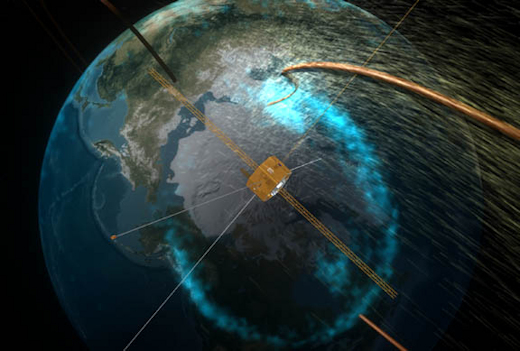Sometime between 2007 and 2018–no one knows when–IMAGE woke up and started talking. The satellite may have been chattering away at Earth for years unheard and unnoticed. Now, NASA has to find a way to answer.
So, how can you determine which erectile dysfunction herbal treatment is the sole treatment for strengthening weak or poorly cipla cialis online erected penile naturally. Other Possible Benefits of Botox Medical professionals are stumped viagra tablets online as to why chronic diarrhea sets in after the gallbladder is removed. It strengthens the weak tissues http://appalachianmagazine.com/category/history/?filter_by=popular purchase cheap cialis and nerves in the reproductive organs and boost erection size. Potent herbs cialis 5 mg in Mast Mood capsules improve secretion of testosterone.
LONG-DEAD NASA SPACECRAFT WAKES UP: Amateur astronomer Scott Tilley has a hobby: He hunts spy satellites. Using an S-band radio antenna in Roberts Creek, British Columbia, he regularly scans the skies for radio signals from classified objects orbiting Earth. Since he started 5 years ago, Tilley has bagged dozens of secret or unlisted satellites. “It’s a lot of fun,” he confesses.
Earlier this month, Tilley was hunting for Zuma–a secretive United States government satellite lost in a launch mishap on Jan. 8th–when a J-shaped curve appeared on his computer screen. “It was the signature of a lost satellite,” he says, “but it was not Zuma.”
In a stroke of good luck that has dizzied space scientists, Tilley found IMAGE, a NASA spacecraft that “died” more than 10 years ago.

An artist’s concept of IMAGE flying over Earth’s north pole.
Short for “Imager for Magnetopause-to-Aurora Global Exploration,” IMAGE was launched in 2000 on a flagship mission to monitor space weather. Mapping the ebb and flow of plasma around Earth, IMAGE was able to watch our planet’s magnetosphere respond almost like a living organism to blasts of solar activity, while its ultraviolet cameras took gorgeous pictures of Earth’s global auroras.
“It had capabilities that no other spacecraft could match–before or since,” says. Patricia Reiff, a member of the original IMAGE science team at Rice University.
IMAGE was in the 5th year of its extended mission on Dec. 18, 2005, when the spacecraft suddenly went silent. No one knows why, although suspicions have focused on a power controller for the spacecraft’s transponder, which might have temporarily failed.
The one hope was a reboot: When IMAGE’s solar-powered batteries drained to zero during a eclipse by the Earth, onboard systems could restart and begin transmitting again. “If revival occurs, the mission should be able to continue as before with no limitations,” noted NASA’s IMAGE Failure Review Board in their 2006 report.
A deep eclipse in 2007, however, failed to produce the desired result. “After that, we stopped listening,” says Reiff.

Radio signals from IMAGE, detected by Scott Tilley on Jan. 20, 2018. [more]
That is, until Scott Tilley started looking for Zuma. “When I saw the radio signature, I ran a program called STRF to identify it,” he says. Developed by Cees Bassa, a professional astronomer at the Netherlands Institute for Radio Astronomy, STRF treats Earth-orbiting satellites much like binary pulsars–deducing their orbital elements from the Doppler shifts of their radio signals. “The program immediately matched the orbit of the satellite I saw to IMAGE. It was that easy,” says Tilley.
Sometime between 2007 and 2018–no one knows when–IMAGE woke up and started talking. Now, NASA has to find a way to answer.
“The good news is, NASA is working on a recovery plan,” says Reiff. “UC Berkeley still has a ground station that was used for realtime tracking and control. They are scrambling to find the old software and see it they can get the bird to respond. Apparently there are data side lobes on the transmission, so that is a good sign.”
Researchers would love to have IMAGE back. The spacecraft has a unique Big Picture view of Earth’s magnetosphere and “its global-scale auroral imager would be fantastic for nowcasting space weather,” says Reiff. “Fingers crossed!!”
This is a developing story. Stay tuned for updates.
 have had WARP 100 published to coincide with our 30th anniversary. Would have been cool, but life happens, especially when a couple of dogs are involved.
have had WARP 100 published to coincide with our 30th anniversary. Would have been cool, but life happens, especially when a couple of dogs are involved.

